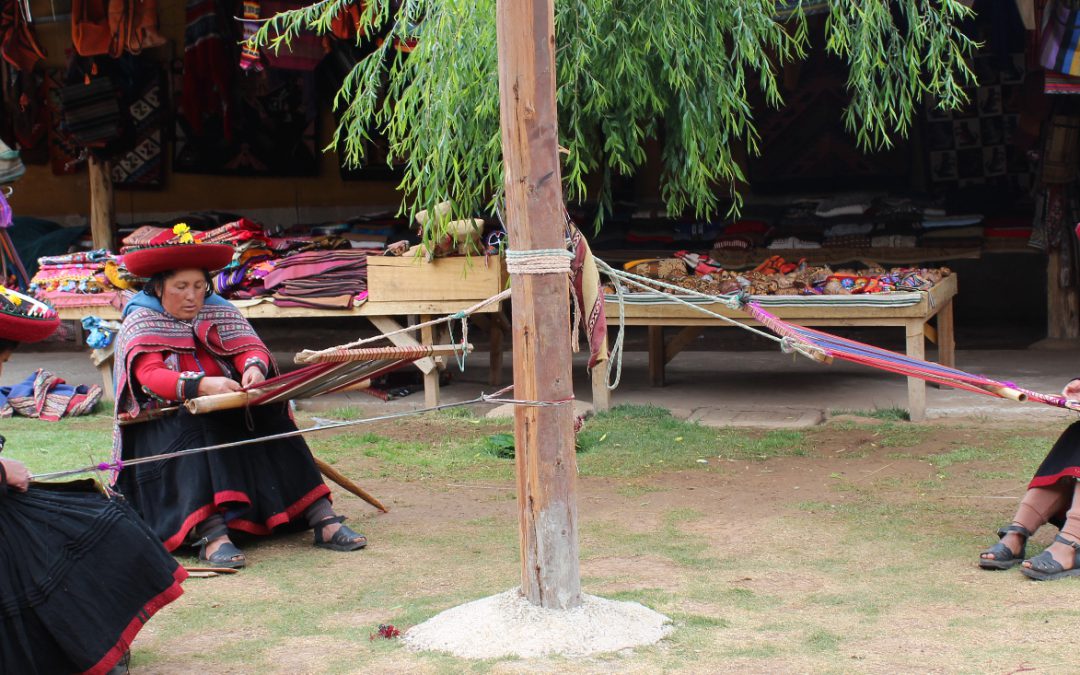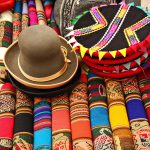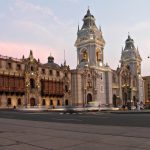A Unique Experience at the Chincheros Weaving Cooperative
One of the most unique and engaging experiences in Peru is visiting the Chincheros Weaving Cooperative. Surrounded by the stunning views of the Sacred Valley and its snow-capped peaks, the small village of Chincheros is home to one of the most impressive examples of how tourism is empowering the local Quechuan women one thread at a time. The Inca valued weaving and today their descendants have continued the traditions with each village having its own designs and patterns that have been handed down from generation to generation over the centuries. The Association of Women Weavers of Chincheros produces and sells hand-woven goods using traditional crochet, knitting and, embroidery skills that have been passed down from generation to generation since the time of the Inca.
The positive impact of weaving
Through the cooperative, the Chincheros weavers are lifting themselves out of poverty and it’s also having a social impact on the region. Chincheros is traditionally a farming community with agricultural traditions stretching back to the Inca. However, farming is no longer bringing enough money to support the community and its families. Age-old traditions still exist with the men continuing to farm and the women cooking and caring for the children but they are beginning to change. The weaving cooperative is empowering its female members who now not only have an independent income, but in some cases are earning more than their husbands.

Ancient weaving techniques and processes
The weaving techniques and process is extremely interesting. First the wool is washed using a natural soap made from a plant known as Sacha Paraqay. When the plant is grated into water, the root makes a detergent-like suds and the animal fibers come out naturally clean and white, ready to be dried and spun on small spindles into yarn. Before the weaving process takes place, a rainbow of natural coloring is added to make the dyes. Anything from Adelma bugs which when crushed produce vibrant reds to, plants which create deep shades of green and fruits which make bright orange colors are used and added to the yarn to produce its bright colors. The yarn is then ready for weaving and is added to the loom. It is amazing to see the forms, figures and intricate designs take shape one line at a time as each strand of yarn is added. The weavers do not follow any patterns as each one has been firmly rooted in the mind of the artist after years of practice. Many of the symbols are taken from nature and include animals, mountains, rivers, plants or show their respect and reverence for Pachamama, Mother Earth.

Information on visiting the weaving communities
We have developed 3 tours visiting 3 different communities: depending on where the clients stay: One community is near Ollantaytambo, one near Pisac (Amaru) and one which is perhaps the most popular, organized by the enterprising Marlene Callañaupa in Chincheros. Marlene is an extremely interesting person who epitomizes the spirit of the cooperative and has a contagious passion for Peruvian culture and art which has seen her give lectures on the art of weaving at the United Nations. Conveniently located between Cusco and Machu Picchu, travelers can easily visit and support this sustainable project while also enjoying prices far below the market value of similar items in their home countries. For example, a baby alpaca sweater which would cost in the United States close to USD$200 can be obtained at the Chinchero Weaving Cooperative for about USD$70. By visiting these weaving communities and buying their textiles we are helping to ensure their preservation and the revitalization of the weaving traditions and culture with about 80 percent of the money from textile sales going back to the weavers. Visiting the workshops in Chincheros and its cultural presentations is an authentic experience and where you’ll come away having learned about the different techniques used to get alpaca, baby alpaca, vicuna and, sheep wool to make anything from warm sweaters, hats, scarves and mittens to colorful tablecloths and toys.

Thanks for visiting our Central & South America Travel Blog! Feel free to contact us via email,phone or chat to receive more information or schedule a meeting.





